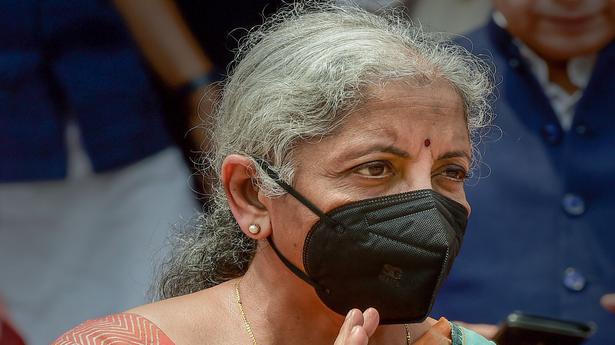
To front-load capex, Centre releases ₹1.16 lakh cro5e to States
The Hindu
Two months’ tax dues remitted in one go to ease States’ fiscal constraints after GST compensation sunset
The Centre on Wednesday released over ₹1.16 lakh crore to States, equivalent to two monthly instalments of tax devolution, to help front-load State governments’ capital spending abilities in this financial year.
Coming soon after the expiry of the assured Goods and Services Tax (GST) compensation to States from this July, economists expect the move to give States' twice the monthly share of net proceeds of union taxes and duties for August will bolster their cash flows and nudge them into planning and executing capex outlays.
The development also assumes significance as some Chief Ministers raised concerns about their dwindling resources and sought more funds from the Centre through extension of the GST compensation period and a higher share in the divisible pool of taxes, at NITI Aayog’s governing council meeting chaired by Prime Minister Narendra Modi on August 7.
As against a ‘normal monthly devolution’ of ₹58,332.86 crore, the Finance Ministry said an amount of ₹1,16,665.75 crore had been released ‘in line with the commitment of the Government of India to strengthen the hands of States to accelerate their capital and developmental expenditure’.
“Tax revenues have been buoyant so this is a good move from the Centre to provide an incentive for States to push discretionary spending, which is largely on capital investment projects,” Bank of Baroda chief economist Madan Sabnavis noted.
“In the last two years, we have seen States hold back a bit on such spending to meet their committed expenses such as salaries and pensions first. With more funds at their disposal now, they can consider such discretionary spends,” he said, adding that such front-loading of tax devolutions might not recur in the coming months.
In 2021-22, a large part of the upside in tax devolution was paid out to States in the fourth quarter of the year, which ended up reducing State government borrowings for that period but did not translate to higher spending.











